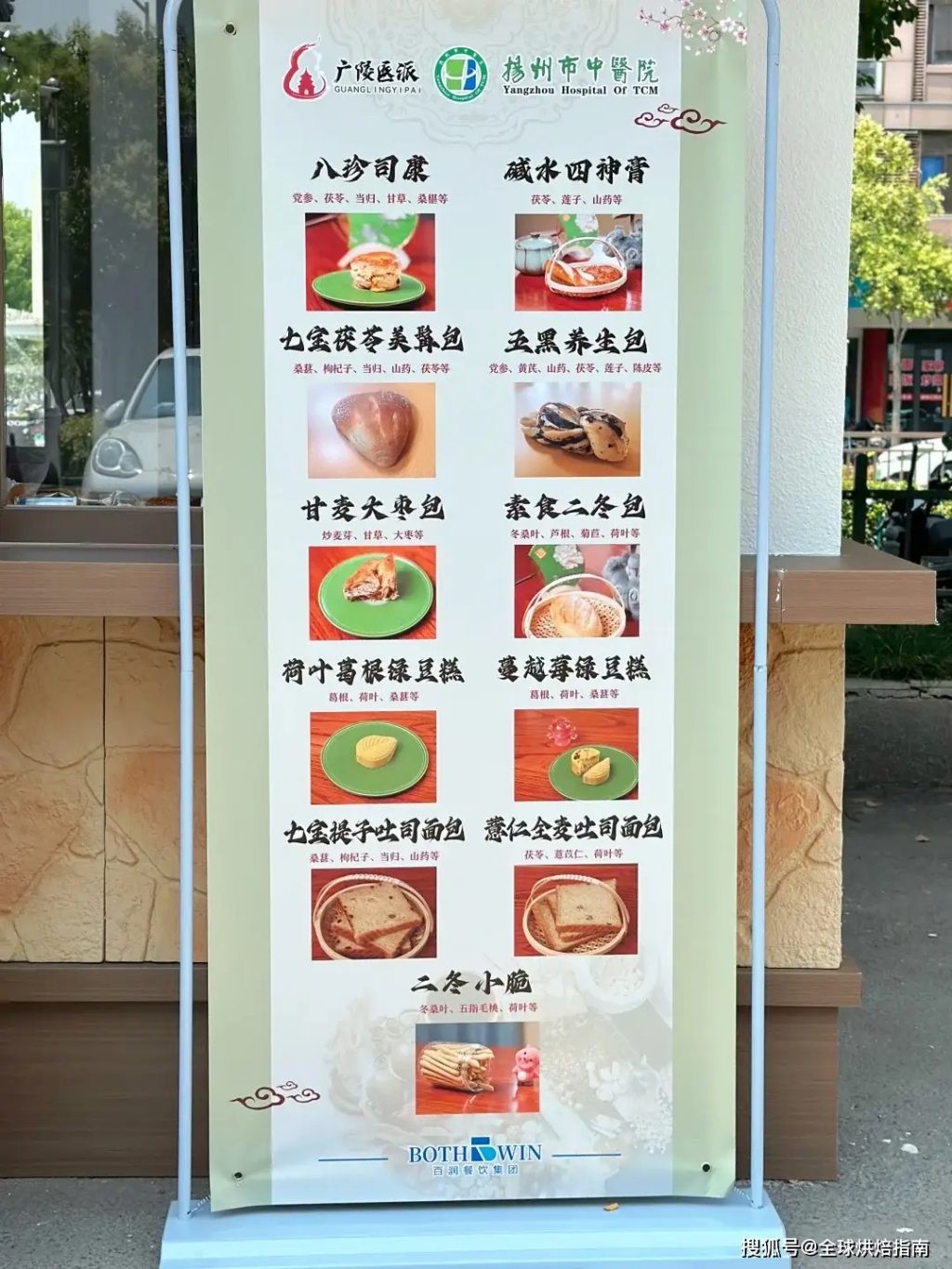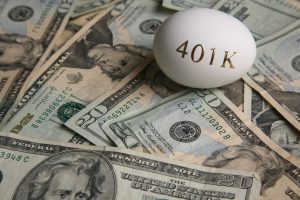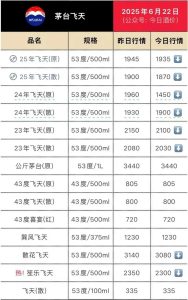Yangzhou traditional Chinese medicine bread sales exceed 3,000 per day

The content is controversial, please refer to it with caution
Since April this year, there has always been a long queue outside the Yangzhou Chinese Medicine Hospital’s Medicinal Diet Shop at 10 a.m. every day. This wave of consumers is not looking forward to ordinary desserts, but “healthy bread” that incorporates Chinese medicinal materials such as Poria cocos, Chinese yam, and Chinese wolfberry.
In less than a month, the daily sales volume easily exceeded 1,000 copies, and even became the “traffic password” on social platforms.
According to iMedia Consulting data, the scale of China’s baked food market has exceeded 300 billion yuan in 2023, among which “healthy baking” is expanding at a high rate of 18.7% annual compound growth rate, significantly higher than traditional categories.
In the face of the current trend of health sweeping the baking industry, how to “be both popular and popular” has become a new problem in the industry.
01
“Medicinal fragrance” enters the furnace, leading the new trend of the industry
“Qibao Poria cocos beautiful beard bun, Wuhei health bun…” These breads with names that sound full of health flavor are the medicinal breads recently launched by the canteen of Yangzhou Chinese Medicine Hospital.
Not only do they have unique names, but they also incorporate a variety of Chinese medicinal materials such as angelica, Poria, lotus seeds, and tangerine peel. The average price is affordable, about ten yuan. Although the price is not high, you often have to queue up for a long time to taste these delicacies.
Almost every day, these medicinal breads are sold out. On the most popular day, an astonishing number of more than 3,000 were sold.
Customers also praised the taste of these medicinal breads. “It’s not bitter, but has a faint medicinal fragrance,” one customer commented. Another customer said, “You can clearly feel the taste of Chinese medicine. It’s very special and delicious.”
Wang Jie, the person in charge of health baking bread at Yangzhou Traditional Chinese Medicine Hospital, said that the idea of these medicinal breads actually originated at the end of last year. After nearly half a year of careful preparation and repeated experiments, they were finally released. These medicinal pastries are carefully developed according to classic ancient recipes, and they mainly have multiple functions such as replenishing qi, nourishing blood, nourishing the kidneys and liver, and removing dampness.
Chinese medicine and diet culture has always been an important area of dietary therapy and health preservation. In order to develop these medicinal breads, hospital staff read a large number of ancient medical books, such as “Compendium of Materia Medica” and “Golden Chamber Synopsis”, and combined with the symptoms of qi and blood deficiency, phlegm and spleen deficiency, fatigue and lethargy that are common among people, especially young people, to select several ancient dietary therapy recipes.
However, although the ancient recipes are good, how to perfectly combine Chinese medicinal materials with bread and pastries that young people love is a big challenge.
After countless attempts and improvements, the team of Yangzhou Traditional Chinese Medicine Hospital and the chefs of the hospital cafeteria have finally successfully developed these medicinal pastries with good color, fragrance and taste, from the initial boiling into juice, to the later powdering, and now to the preparation according to the properties of the medicinal materials. “We focus on the health effect, not the therapeutic function.” The staff emphasized.
02
Hidden worries, difficulties under the halo
However, behind the hot sales of medicinal bread, there are also many challenges and worries.
The first thing to be affected is the blurred boundary between efficacy and marketing.
There are a wide variety of Chinese medicine catering products on the market, but there are endless problems such as exaggerated efficacy, lack of professionalism, and inflated prices. Food is food after all, and cannot replace drug treatment. Different medicinal materials have different biases and applicable populations.
High costs are also a major challenge facing healthy baking. The person in charge of Yangzhou Chinese Medicine Bakery did some calculations: “The cost of authentic medicinal materials accounts for 38% of the total raw material expenditure, which makes our unit price of bread 40%-60% higher than that of ordinary products.” However, although consumers recognize the value of healthy food, not many are willing to pay a high premium for it.
Nielsen’s survey shows that although 62% of consumers pay attention to healthy food, only 28% of consumers are willing to pay a premium of more than 50% for healthy food. The founder of a baking chain brand bluntly said, “When health becomes a class symbol, it deviates from the essence of food.” The price gap often puts healthy baking in an embarrassing situation of “being well-received but not popular.”
The more serious problem is the problem of taste improvement. In the blind test organized by the Shanghai Consumer Rights Protection Committee, the “Ginseng Whole Wheat Bun” launched by a time-honored brand received the lowest score due to its strong medicinal taste.
03
Finding a balance between standardization and innovation
Solving the problem requires the parallel development of supervision and technology.
In the laboratory, technical experts are working on the problem from multiple dimensions. Lesaffre’s sourdough technology achieves a natural antibacterial effect through pH adjustment; Taoli bread uses a liquid seed low-temperature fermentation process to find a delicate balance between low sugar and low fat and wheat aroma.
In addition to technological innovation, cognitive reconstruction is also crucial. The “balanced aesthetics” concept proposed by Daoxiangcun rejects the dilemma of choosing between health and deliciousness.
Daoxiangcun believes that health is the direction and deliciousness is the kingly way. As a baking product, it should focus on reducing sugar and oil, while paying attention to healthy oral cavity, healthy weight and other aspects, while the goal of healthy bones and salt reduction can be achieved through other diets. Based on this concept, the healthy baking brand “Fujijia” was launched.
The products developed by “Fujijia” have always been based on food itself, with gourmet characteristics, rather than health products or special medical foods. The health concept it advocates is a balanced diet with unique health, which is both delicious and affordable, rather than an extreme health that pursues “0” in everything. This concept has not only won the recognition of consumers, but also made “Fujijia” unique in the field of healthy baking.
04
When “healthy” is delicious but no longer expensive
When we look overseas, it is not difficult to find that the wave of healthy baking has swept the world.
On the corner of the 10th arrondissement of Paris, there is often a long queue in front of the window of the bakery “Boulangerie Utopie”. People are not waiting for traditional baguettes, but a brown bread made from whole wheat sourdough that is frozen and fermented for 72 hours. Bite open the hard shell, the inside is as soft as a cloud, and contains 15 grams of dietary fiber per 100 grams – this is 5 times that of traditional white bread.
This breakthrough process was published in the Journal of Cereal Science, and it overturned the stereotype that healthy bread is “rough and difficult to swallow”: slow fermentation activates the cereal enzyme system and naturally degrades the burriness of crude fiber.
At the same time, Japanese bakers are injecting fermented brown rice flour into molds. Rice yeast works quietly in the constant temperature box, breaking down rice protein into small molecules that are easier to absorb. This enzymatic process allows the protein digestibility to jump to 92%, far exceeding the 75% level of ordinary rice flour cakes, and also reduces the cost of bread making.
According to the latest report from SPINS, the global healthy baking market is running at an annual growth rate of 34%, and its core driving force is the emergence of “three-in-one” products.
When frozen fermentation extends the shelf life of bread, and when enzymatic technology improves the utilization rate of raw materials – health and deliciousness should not be luxuries. This wave will eventually sweep the breakfast table every morning, proving that the next bite of sweetness can fully embrace health, pleasure and a light wallet at the same time.
When the aroma of medicine wafts out of the bread oven, what we witness is not only the rise of a new consumption model, but also a national exploration of how to “eat healthily”.
By measuring the efficacy based on science and baking with integrity, the bread in the hands of consumers can settle down from the short-lived storm of Internet celebrities, no longer make people love and hate it, and truly achieve “both popular and well-received”.








